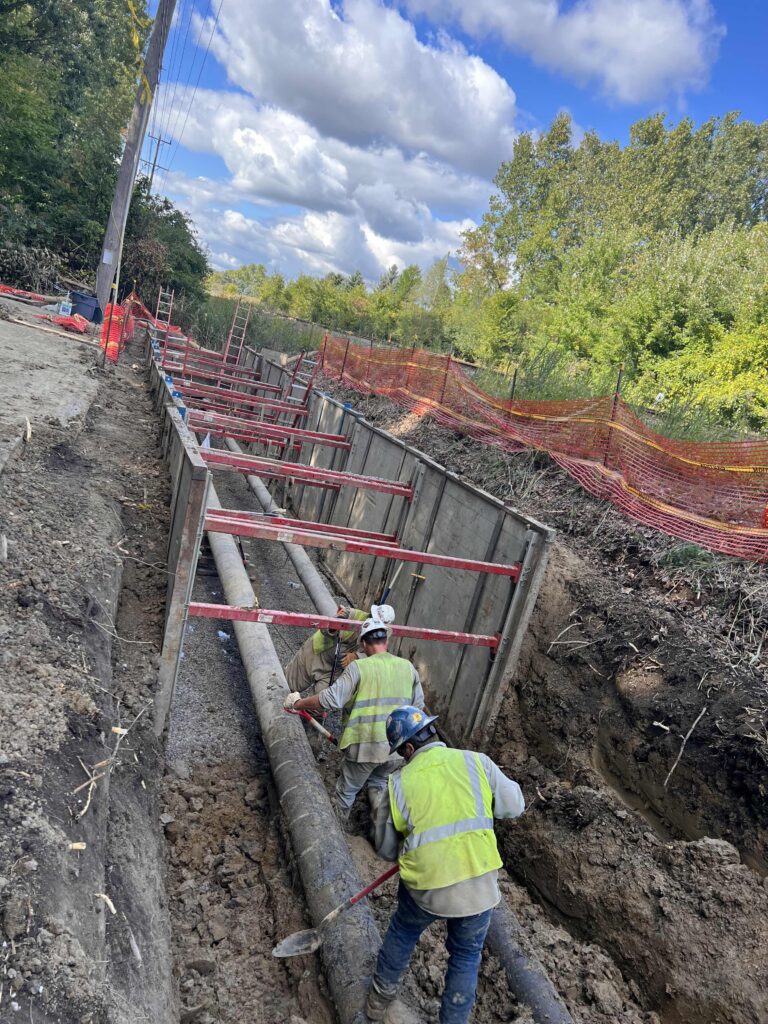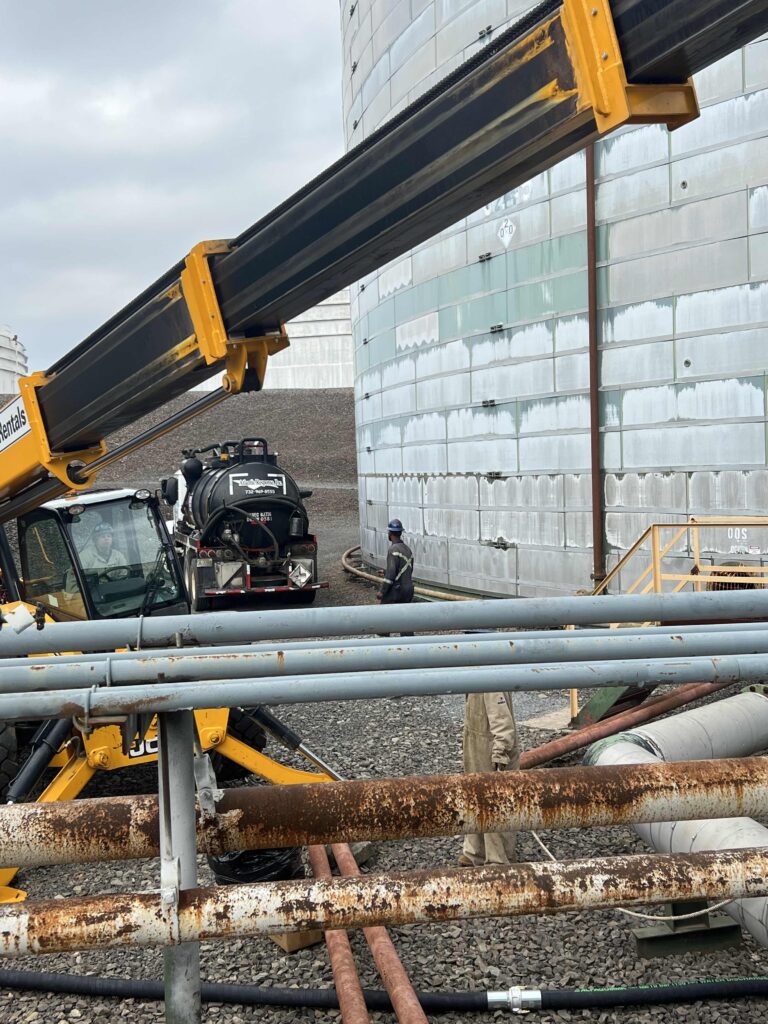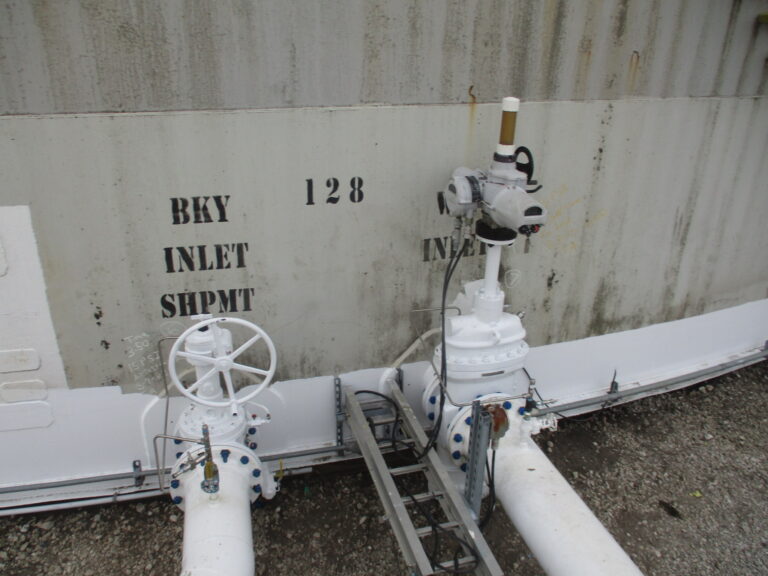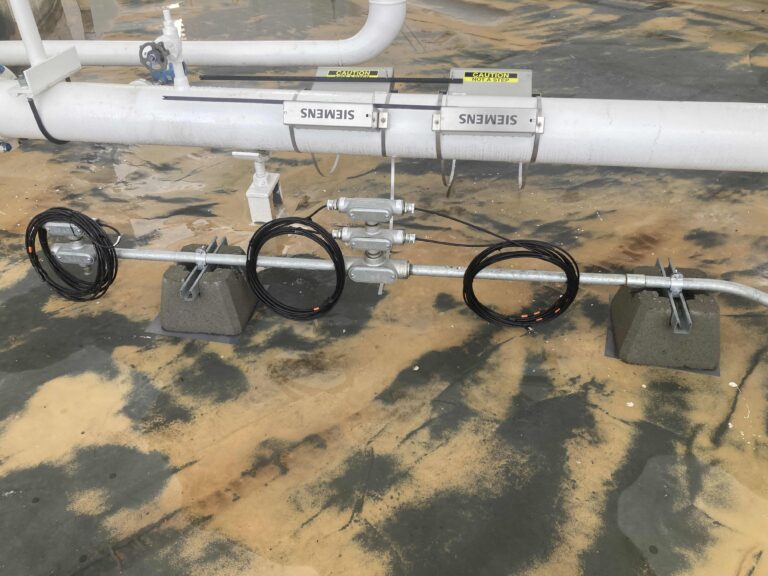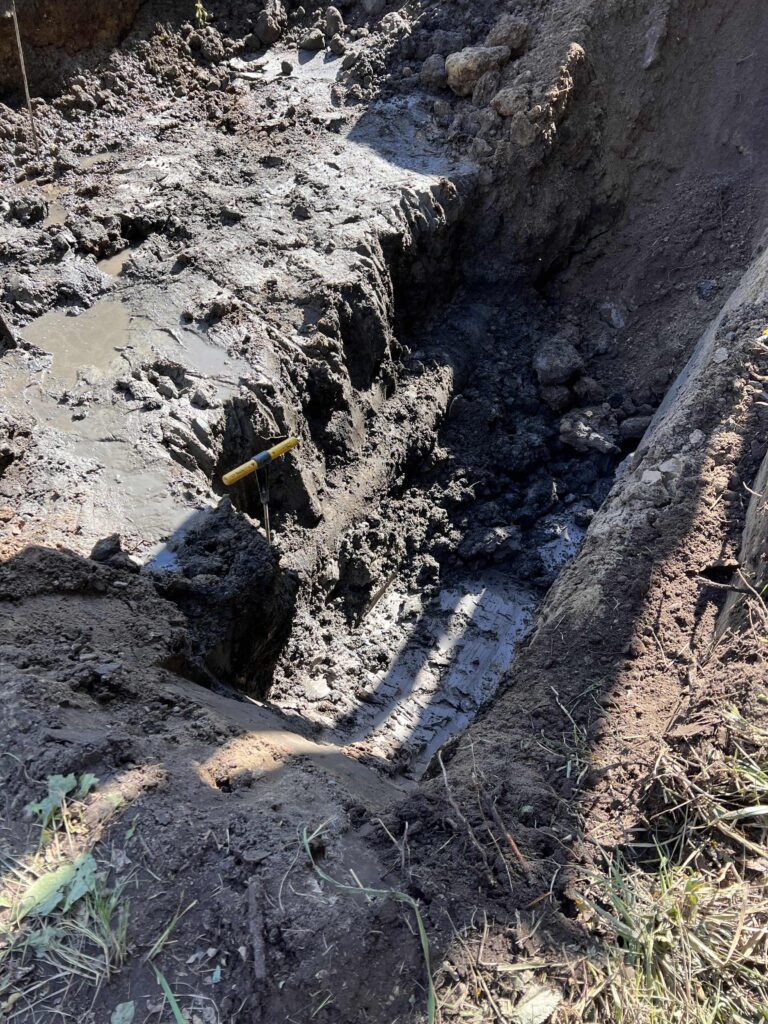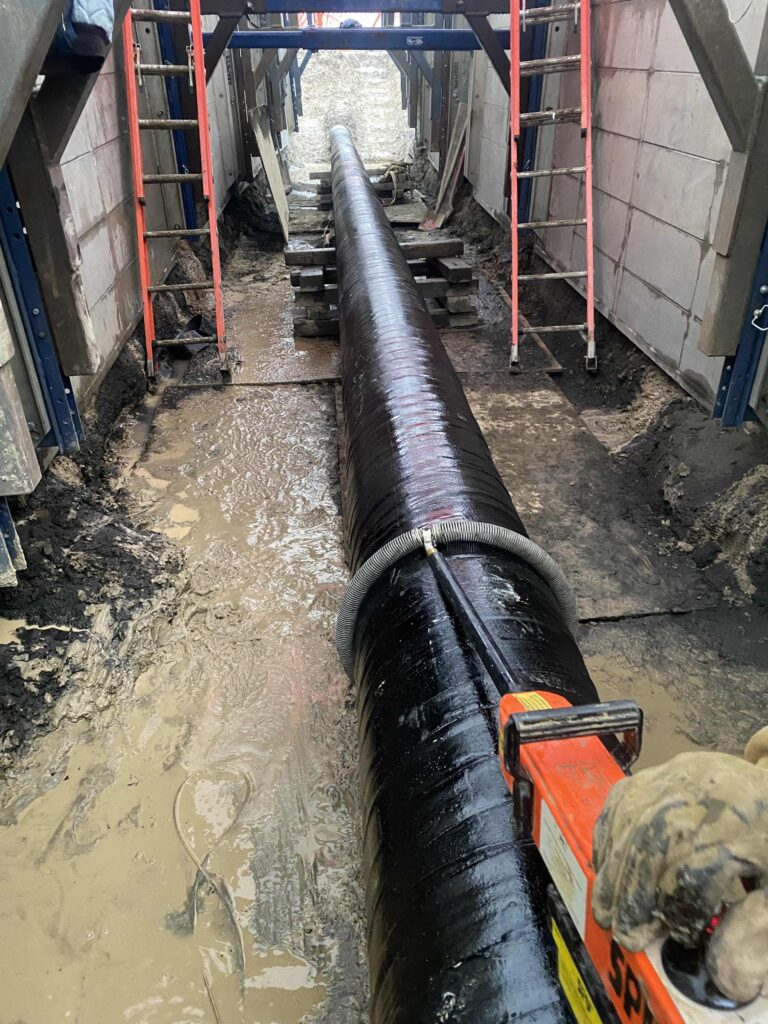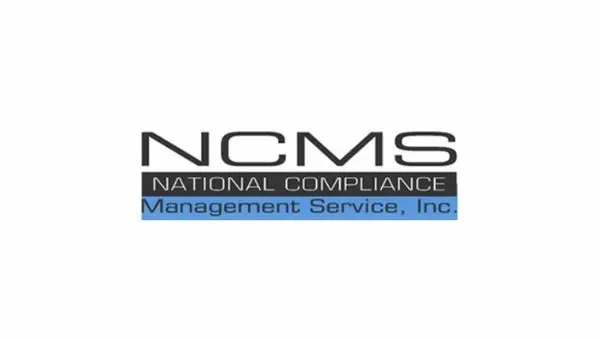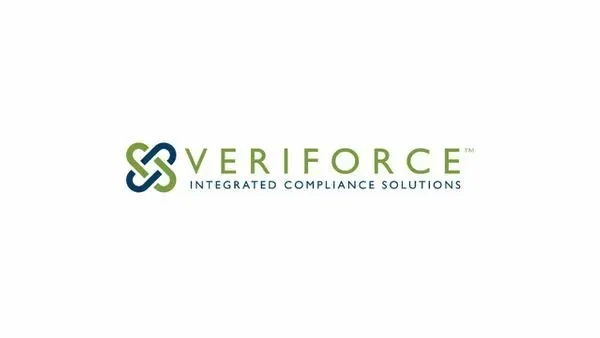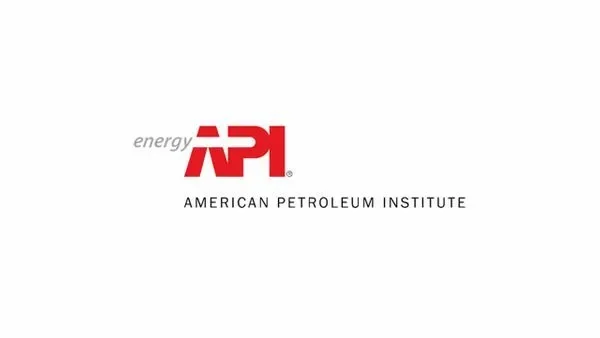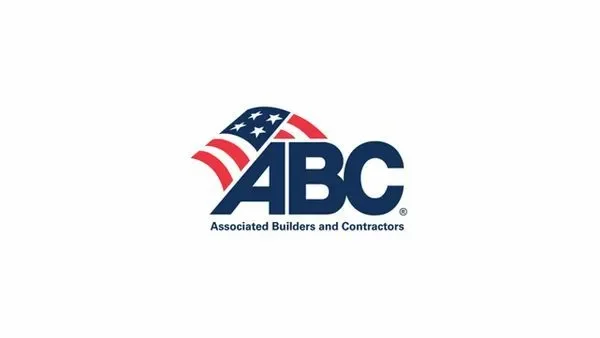In an industry where precision and reliability are non-negotiable, advancements in inspection technology play a pivotal role in shaping the future of oil and gas. New technologies are revolutionizing inspections, promoting efficiency, and ensuring unparalleled accuracy.
Drone Technology
Drones are at the forefront of inspection technology innovations, providing unprecedented access to remote and hard-to-reach areas in oil and gas installations. They can capture high-resolution imagery, facilitating precise assessments and reducing the risks associated with manual inspections.
Robotics and Automation
Robotic solutions are transforming oil and gas inspections by performing tasks in hazardous environments, thus enhancing worker safety. Automated inspection devices can detect anomalies, ensuring the integrity of structures and minimizing the risk of failures.
Artificial Intelligence (AI) and Machine Learning
AI and machine learning enable the analysis of vast datasets quickly and accurately. Predictive analytics powered by these technologies can identify potential issues before they occur, enabling proactive maintenance and reducing downtime.
3D Laser Scanning
3D laser scanning offers detailed and accurate spatial data, enabling precise measurements of structures. This technology aids in the creation of detailed 3D models, facilitating advanced analysis and planning for maintenance and construction activities.
Internet of Things (IoT)
IoT devices collect real-time data from various points in the oil and gas value chain, offering insights into operational conditions and performance. This connectivity enables enhanced monitoring and swift response to any discrepancies noted.
The incorporation of advanced technologies like drones, robotics, AI, and 3D laser scanning is charting a new course for the oil and gas industry. These advancements are not just improving the accuracy and efficiency of inspections but are also significantly contributing to operational safety and reliability, paving the way for a more sustainable and resilient future for the industry.
Disclaimer
The content in this blog is for informational purposes only and is provided “as is” with no warranties. Spyglass Solutions is not responsible for any errors or inaccuracies and is not liable for any damages or losses incurred through use. Information may have been derived from external sources, and we do not guarantee its accuracy or completeness. Users should verify information independently and consult with a qualified professional before making decisions based on this content. Use of this blog signifies acceptance of these terms, releasing Spyglass Solutions from all liability relating to this content. External links are not under our control, and we bear no responsibility for their content.

